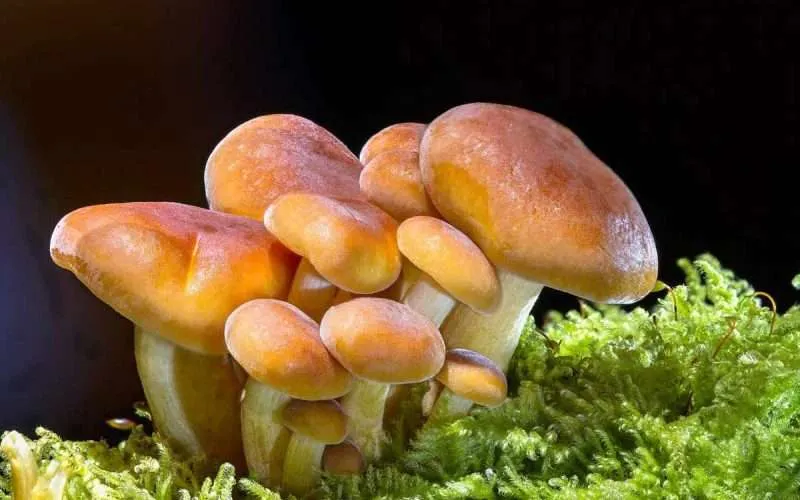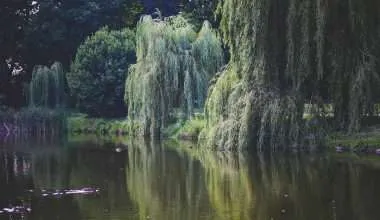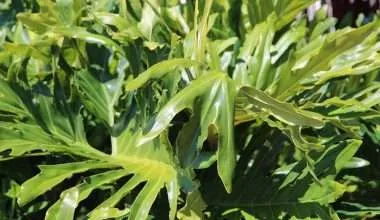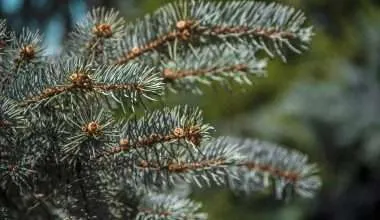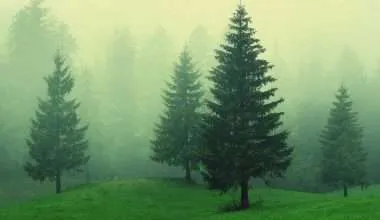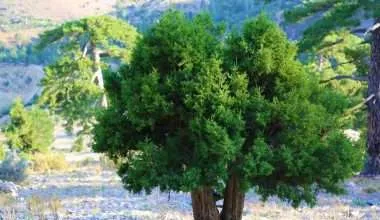Table of Contents Show
Mushrooms are a type of fungi that existed on the planet since the beginning. Even before the evolution of trees, giant mushrooms that reached 24 feet in height and three feet in width covered the ancient landscape.
They can grow on the ground, in soil bags, or anywhere with a food source. There are about 10,000 named species in North America, which make up just a third or a fifth of all existing mushrooms. It bears spores, which are essentially the fruit and seeds of the mushroom. They species can grow on the ground, in soil bags, or anywhere with a food source
When you think about mushrooms, you cannot help but wonder about the different types. High in fiber and vitamins, mushrooms are also fat- and cholesterol-free. They are extremely popular around the world because of their versatility and meat-like heft and texture.
Most people are unaware of the innumerable mushroom types and varieties and are only familiar with the popular button or portobello mushrooms they see at different grocery stores.
Some mushrooms are edible and have tastes varying from sweet to nutty, and others even taste like lobster.
In terms of statistics, out of all the mushrooms that exist, half are inedible but harmless, a quarter are edible, 20% will make you sick, 4% will be tasty to excellent, and 1% can kill you!
The types of mushrooms for you to eat and explore are quite vast. Throughout history, people around the world have foraged wild mushrooms for food.
Gathering wild mushrooms can also be an extremely rewarding and interesting hobby. However, those who do it must proceed with the utmost caution.
Mushrooms can be classified into edible mushrooms and non-edible ones. Let us look at the flavour profiles and characteristics of the most popular mushroom varieties.
23 Popular Types of Mushrooms; Edible and Non-Edible
1. White Button Mushroom
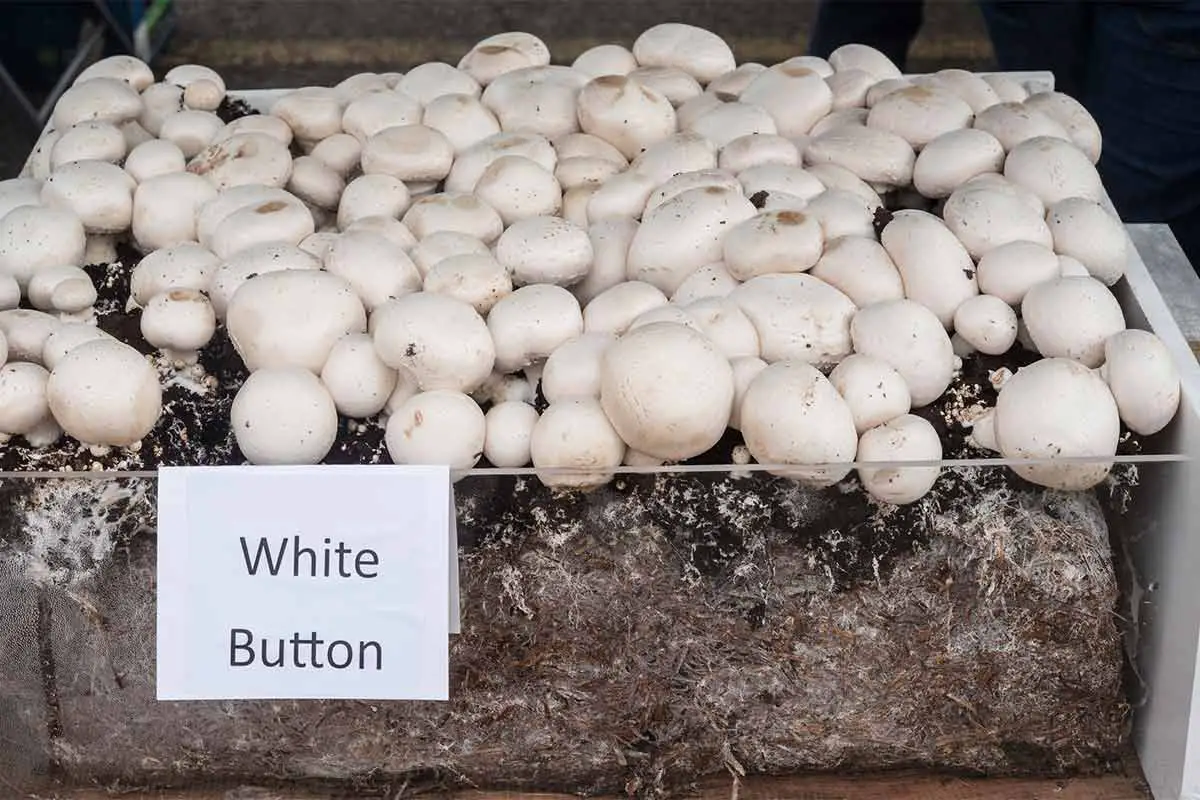
The most conventional and mildest-tasting mushroom. Button mushrooms can be white and brown. The colour is the state of immature mushrooms, along with brown.
When they are white, they are often simply called button mushrooms. When they are brown, they are sold as chestnut mushrooms.
Ninety percent of the mushrooms we eat are this variety. The flavor is less intense than many of its more exotic varieties, it can be eaten either raw or cooked, and work well in soups, salads and on pizzas.
2. Beech Mushrooms
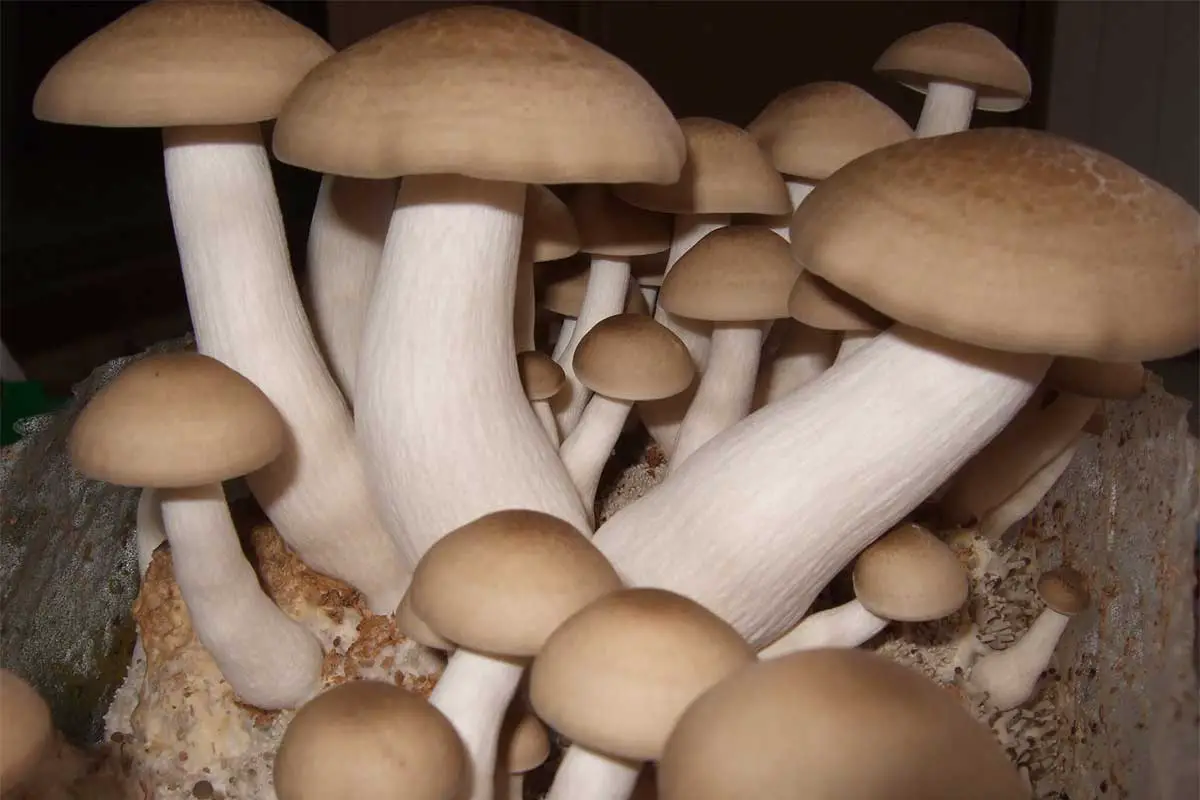
These mushrooms have caps that are brown and a crunchy, but sweet and nutty flavour.
However, this only applies when they are cooked, which is the best way to eat them.
If they are eaten raw, they will give you a bitter taste. These mushrooms grow on beech trees.
3. Black Truffles
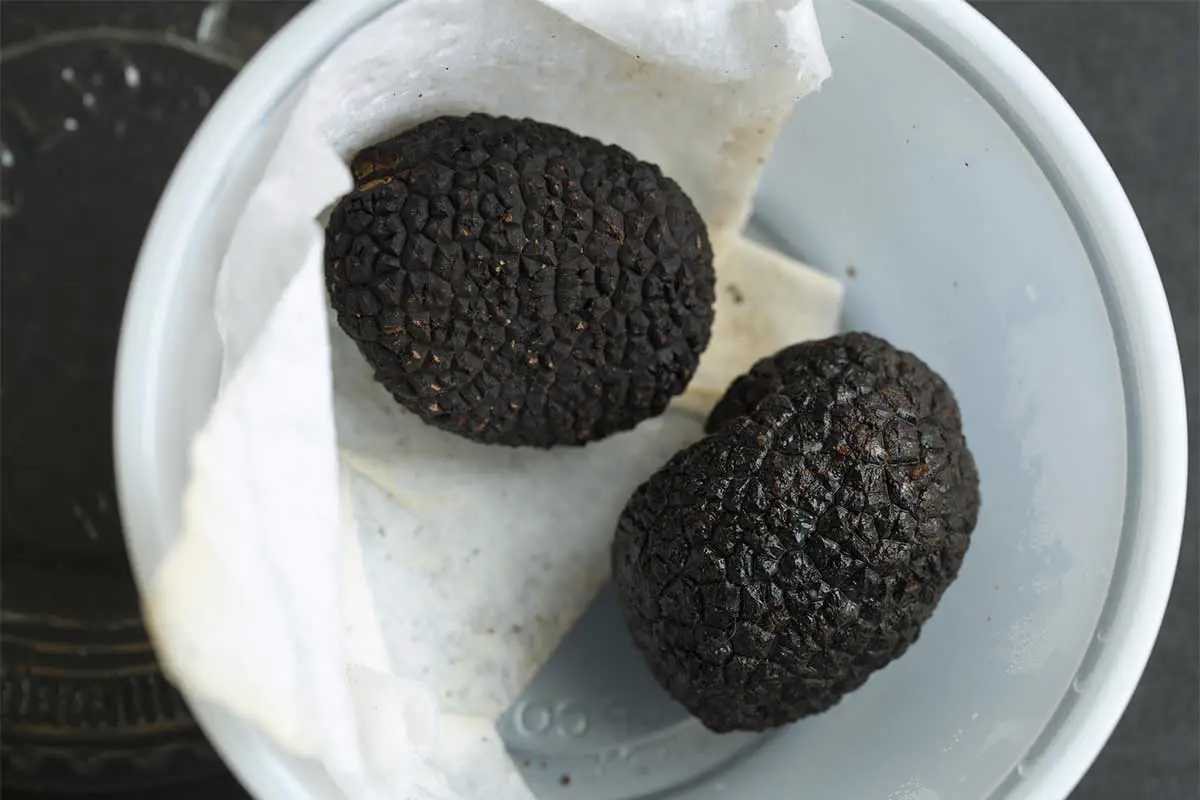
The black truffle is the most expensive kind of all truffles, and one of the most famous. These truffles have many different names due to their colour.
Black truffles are found in the mountains of Southern Europe.
They are a rare occurrence and have been growing since over 250 million years!
4. Black Trumpet Mushrooms
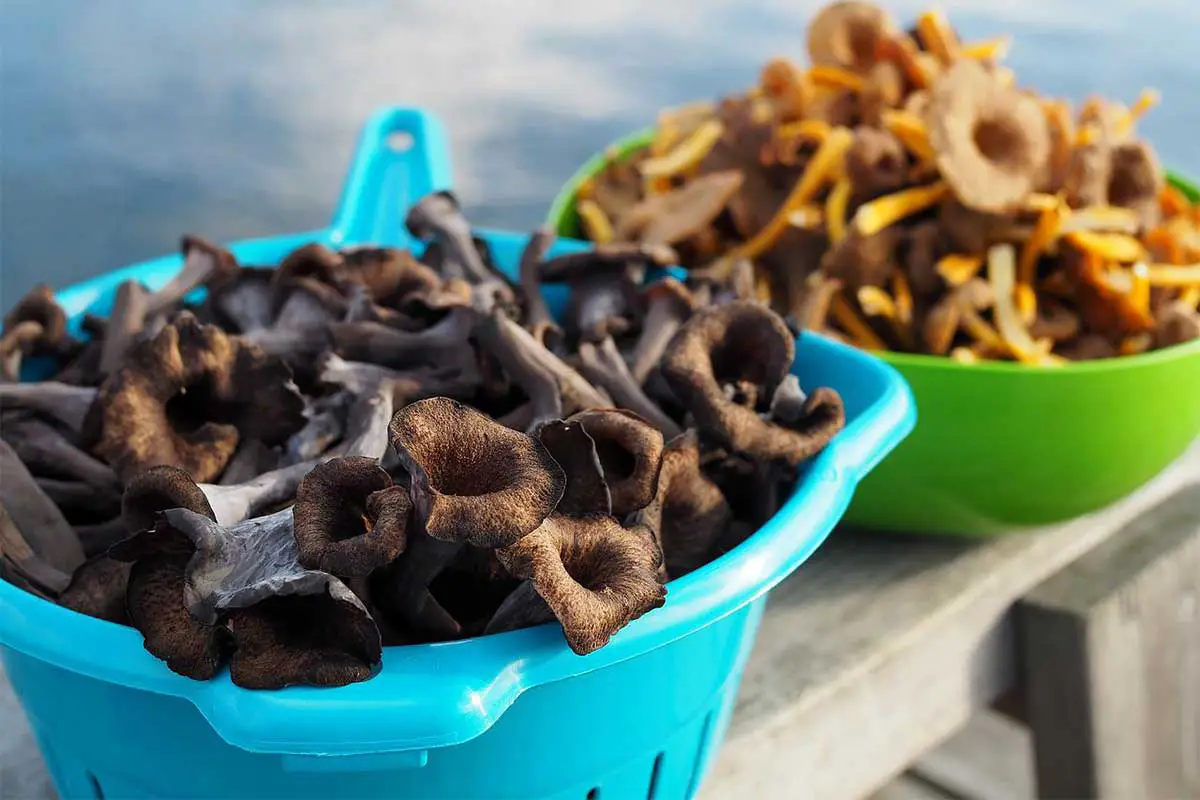
A Black Trumpet mushroom blooms in the East and Midwest late in the summer but grows throughout winter in the West.
These are also known as the Horn of Plenty mushroom or the Trumpet of the Dead mushroom and have a smoky and rich flavour.
When dried, they are similar to the Black Truffle mushroom.
5. Champignon Mushrooms
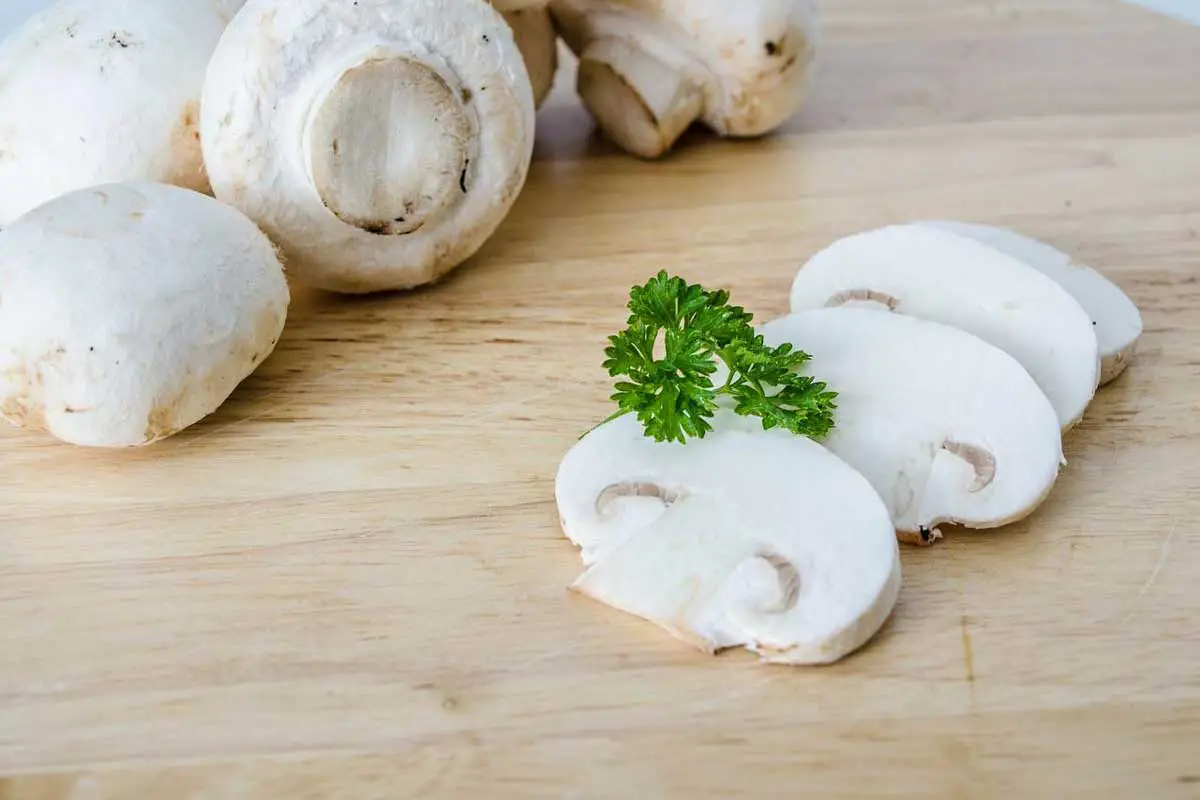
Champignon mushrooms are one of the many different mushroom varieties of the Agaricus bisporous.
These mushrooms are usually used for cooking and are native to Europe and North America.
They also grow in some other places including parts of North Africa, Iran and Australia.
6. Chanterelle Mushrooms
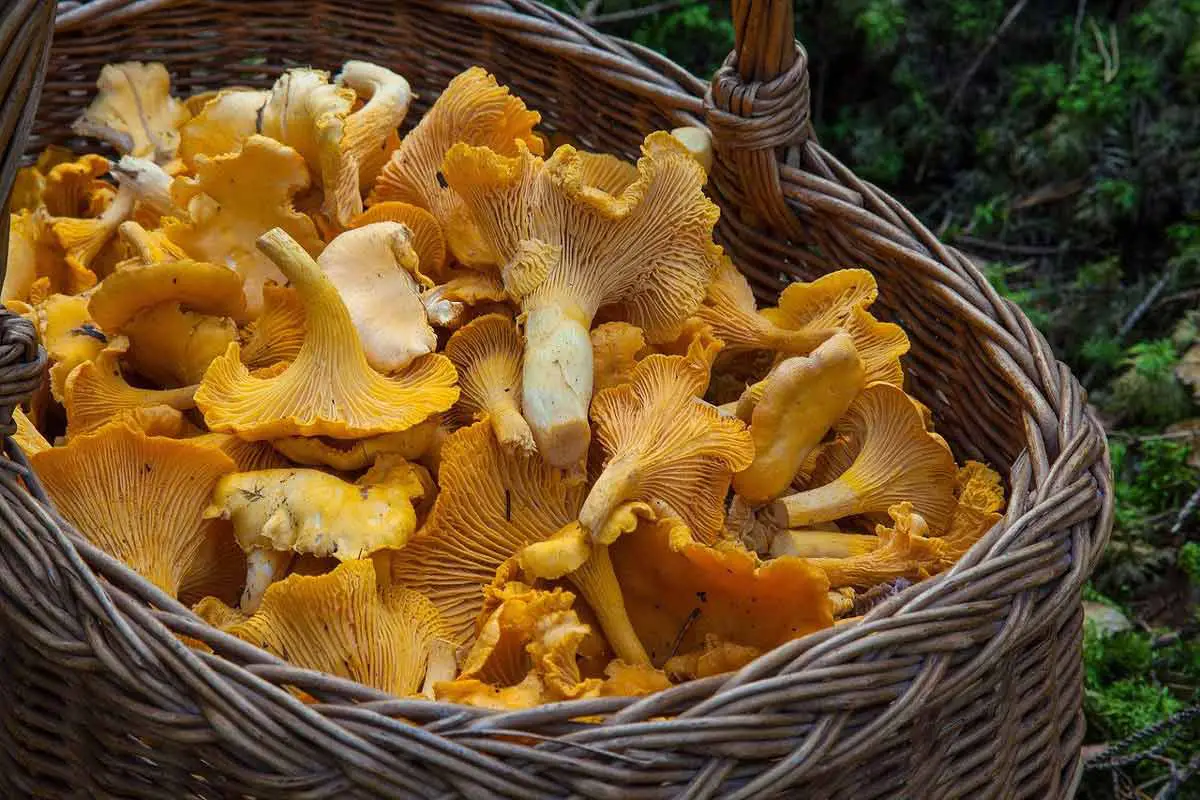
Chanterelle mushrooms can be almost any colour but are usually golden brown. When these are cooked, they should be used in a dry sauté because they have a high-water content.
They smell and taste a little fruity and peppery, and they are perfect as a topping for entrees.
Compared to many other types of mushrooms, they last a very long time if kept in the refrigerator – up to 10 days.
7. Cremini Mushrooms
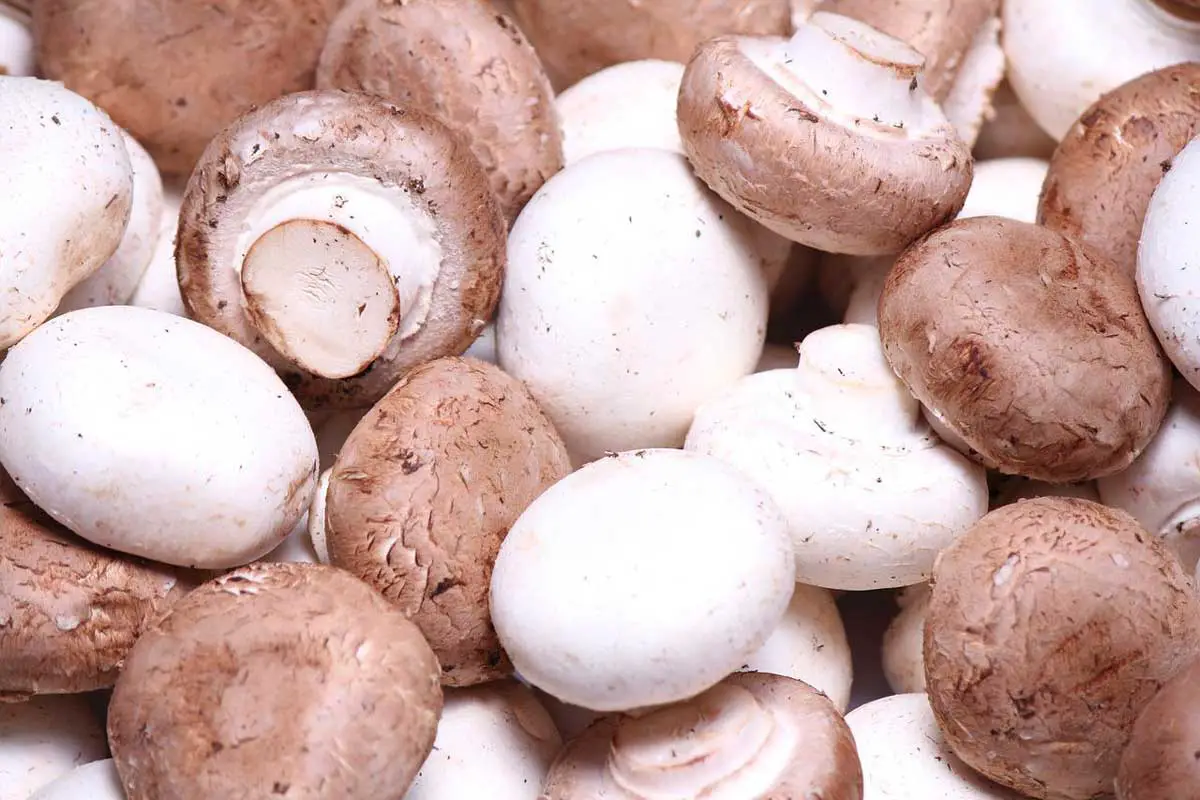
These are also referred to as baby portobellos, and they look like the white button mushroom except for their size, which is slightly larger.
The Cremini mushrooms are also a light shade of brown, instead of white.
8. Enokitake Mushrooms
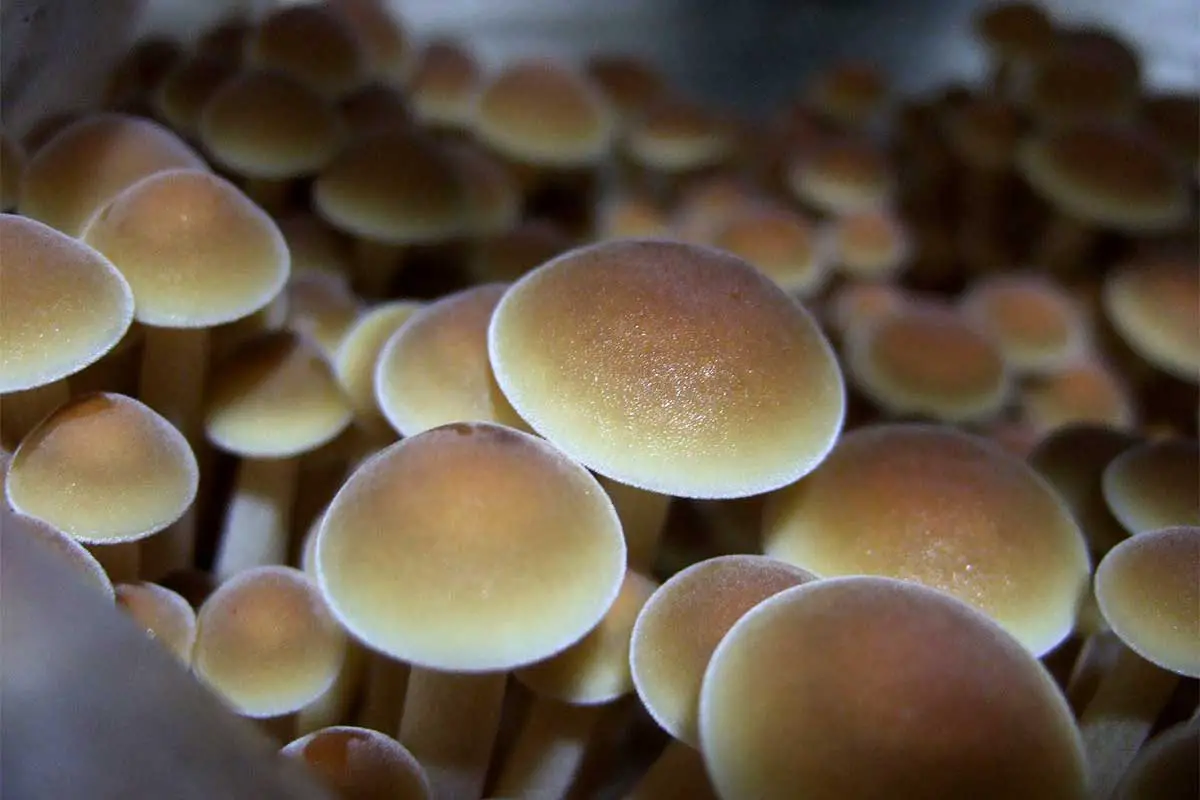
Enoki mushrooms resemble bean sprouts with their small caps, white colour and long stems.
Popular in Asian dishes, these can be bought either canned or fresh, and are rich with flavour.
They are native to Japan and are a crispy type of mushroom, so they go great in many salads and soups.
An Enoki mushroom grows on the stumps of Chinese hackberry trees as well as stumps of ash, mulberry and persimmon trees.
9. Green Amanita
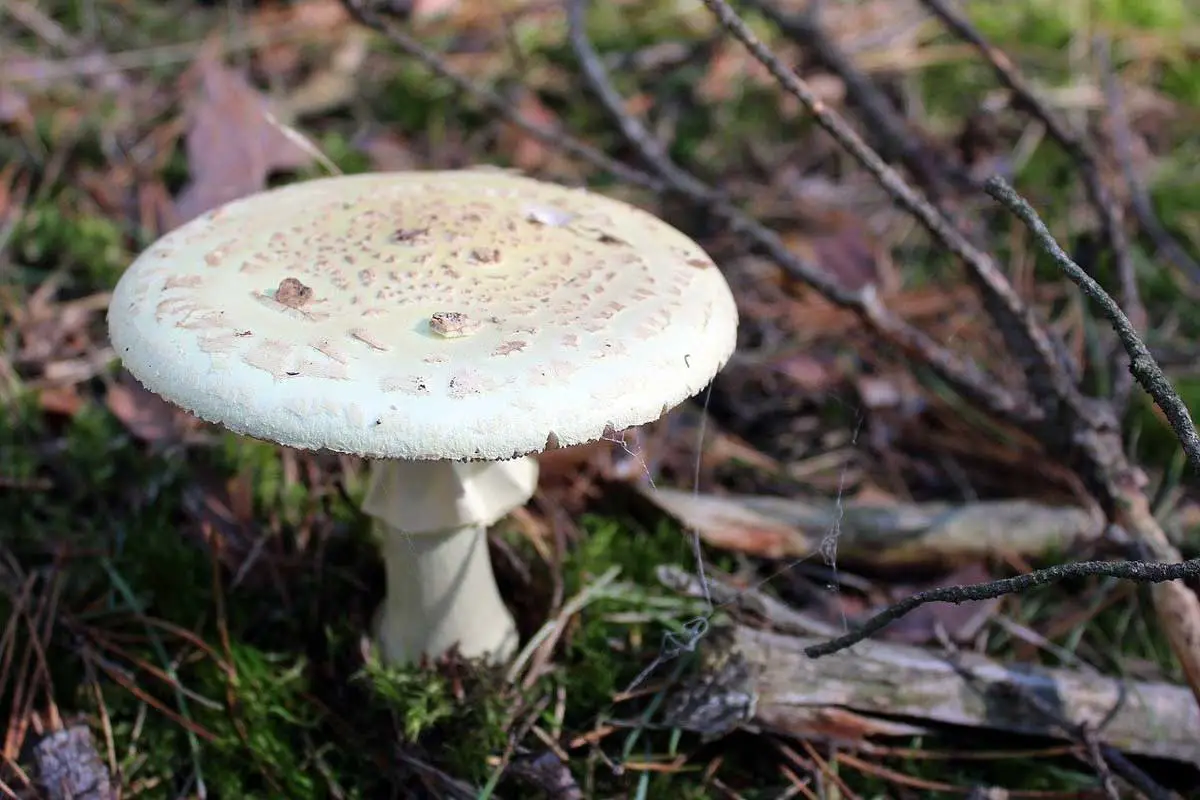
Also known as the Deathcap Mushroom, contain poison throughout the cap, gills, stem and spores.
Deathcap mushrooms are known to be native Europe, but are now sprouting in different parts of the world including the states.
Eating deathcap mushrooms results in severe pain in the abdomen, vomiting and diarrhea within 6-24 hours.
10. Hedgehog Mushrooms
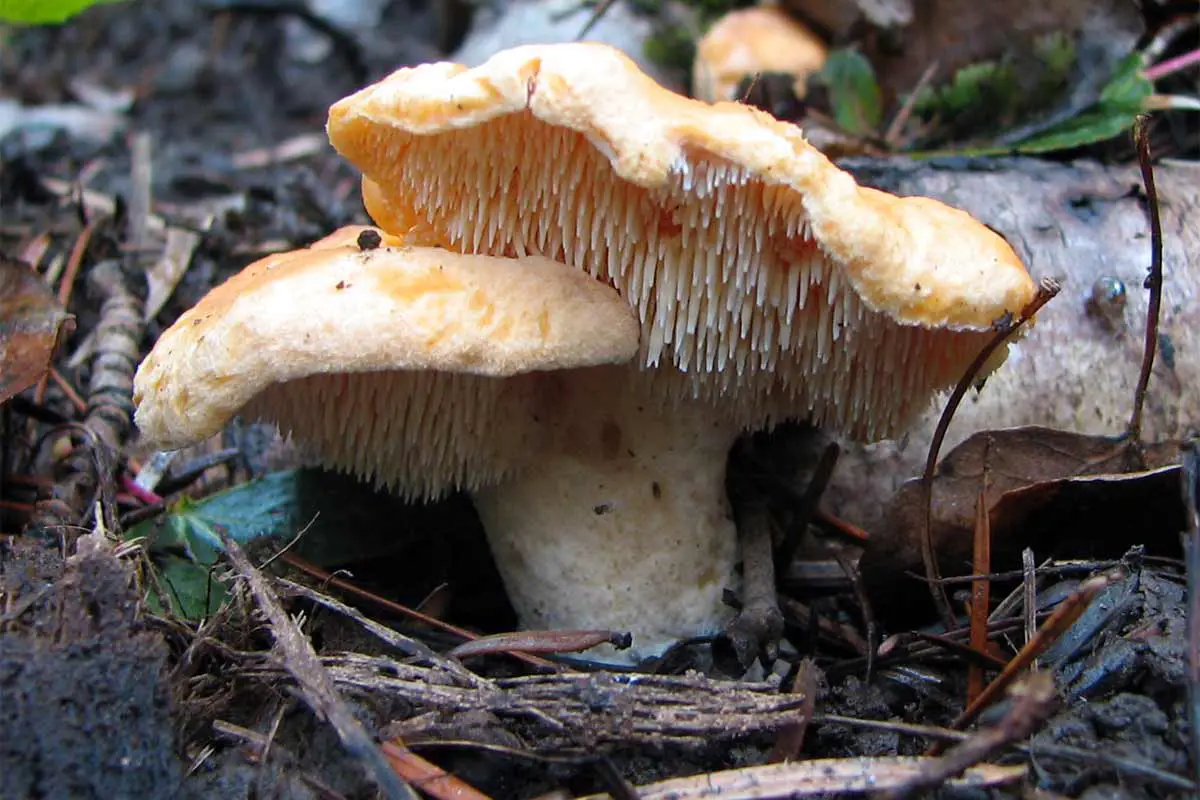
These are commonly known as the Sweet Tooth mushroom as they smell and taste sweet but as they get old the taste becomes bitter.
The Hedgehog mushroom tastes a lot like the Chanterelle mushroom and grows in the winter months on the West Coast. It also has a meaty, nutty, and crunchy taste.
11. Hen of the Woods Mushrooms
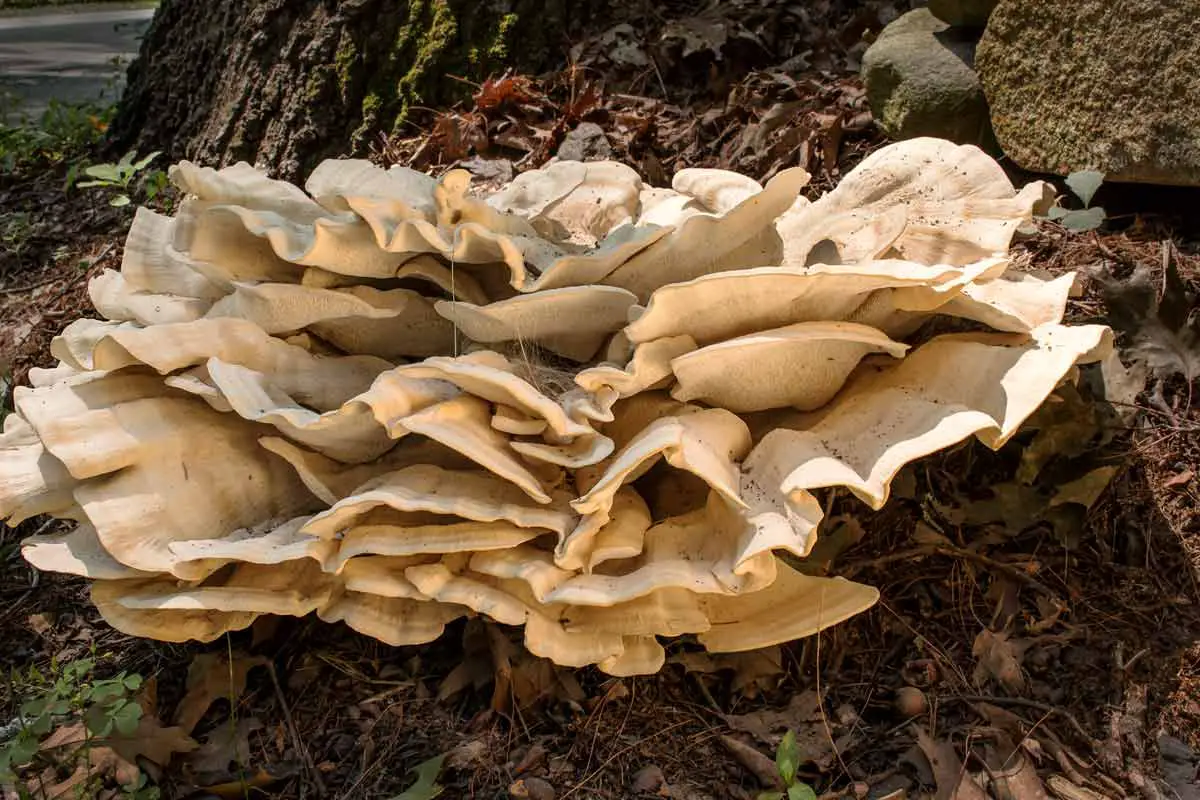
In Japan, these mushrooms are also called maitake mushrooms, and they have a variety of flavours.
They grow at the base of oak trees and are used in both Japanese and Western dishes.
These mushrooms are rich, earthy, and resemble a flower. They are used for stir-fry dishes and soups.
12. Honey Agaric
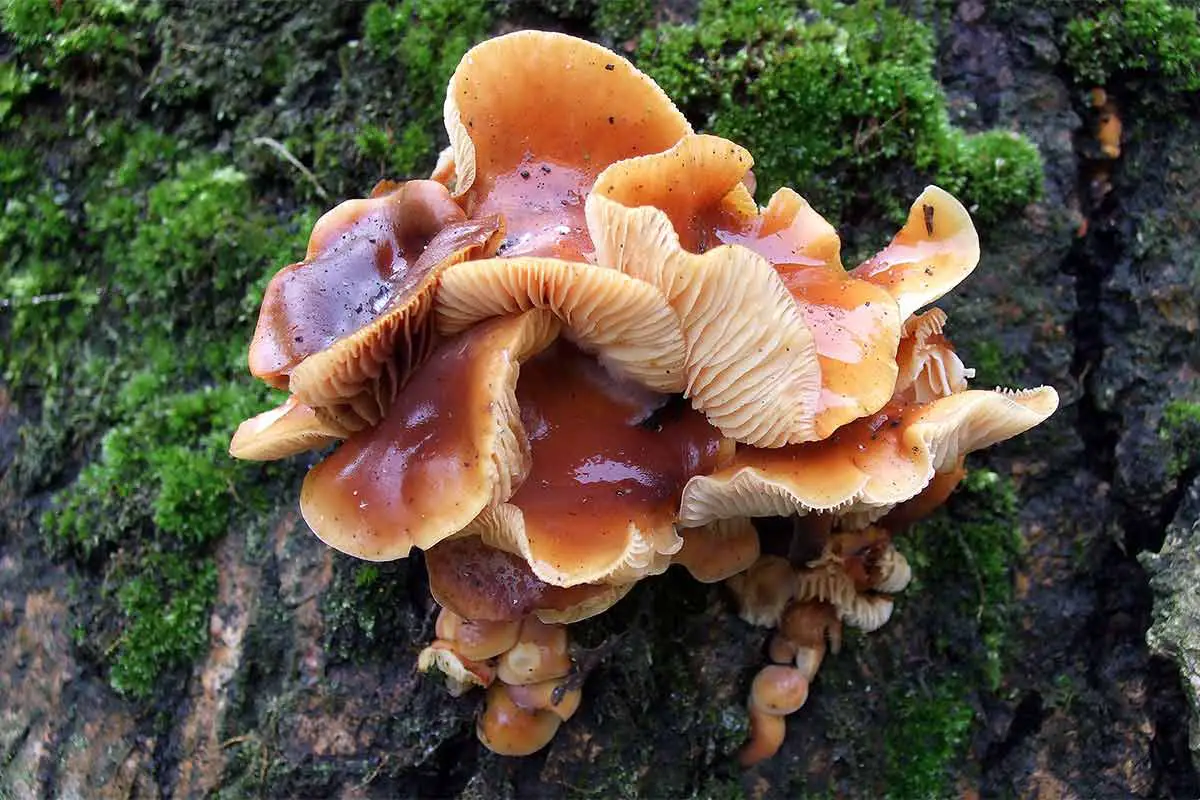
The Honey Agaric mushroom is the world’s largest living mushroom stretching up to 10 sq. km. underground and weighing around as much as a blue whale! Isn’t that insane?
Only the tip or a small percentage of the mushroom can be seen above ground.
13. Lactarius Indigo
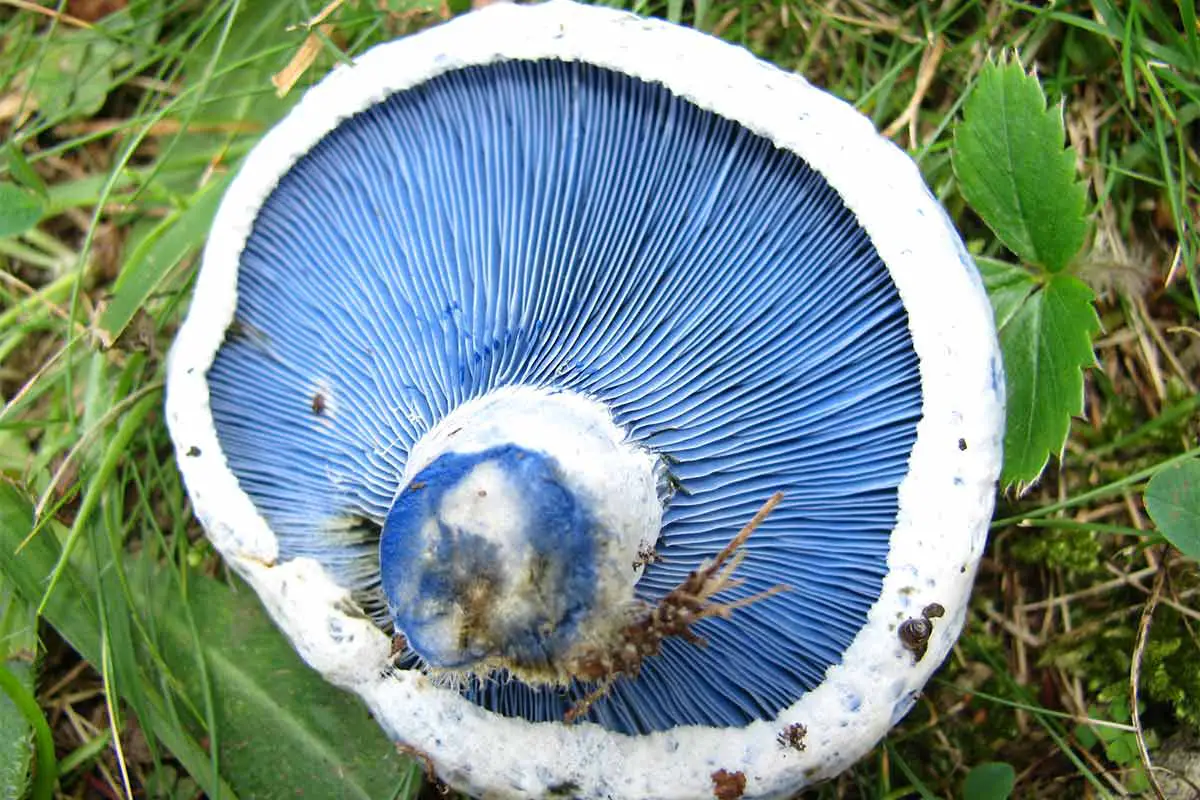
It is a blue mushroom that is not particularly common but can be widespread in the woods. It produces dark blue milk when cut.
14. Milk Mushroom
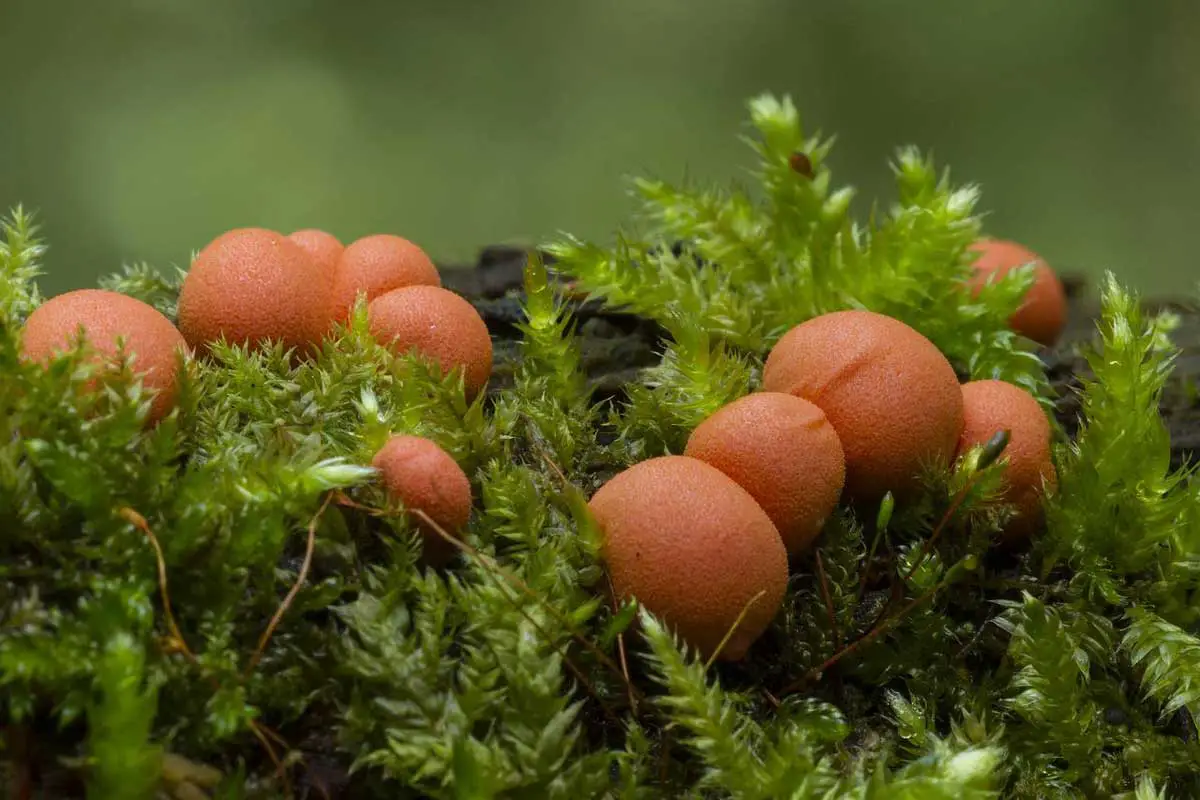
Milk mushrooms are the only mushroom species that are native and cultivated in India.
They are medium to large in size, edible, and great sources of vitamins B2, E, and A, phosphorus, potassium, and selenium, and also contain calcium, vitamin C, iron, and zinc.
15. Morel Mushrooms
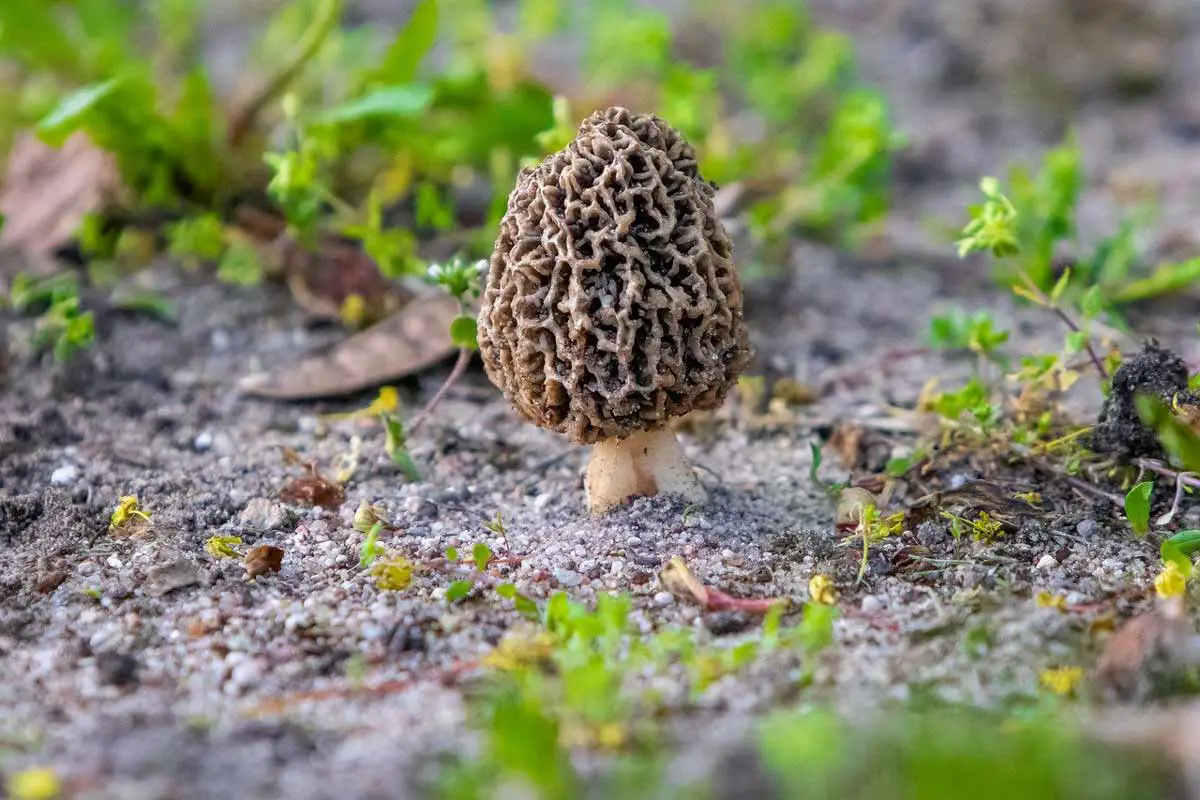
Morel mushrooms are unattractive, but they are luscious mushrooms that come alive with flavour when you eat them. They are chewy and look like a honeycomb.
A morel mushroom also quite savoury and taste delicious when sautéed in butter.
These mushrooms can be found on the edges of wooded areas in many states of the US (often growing around the base of dead or dying trees).
16. Oyster Mushrooms
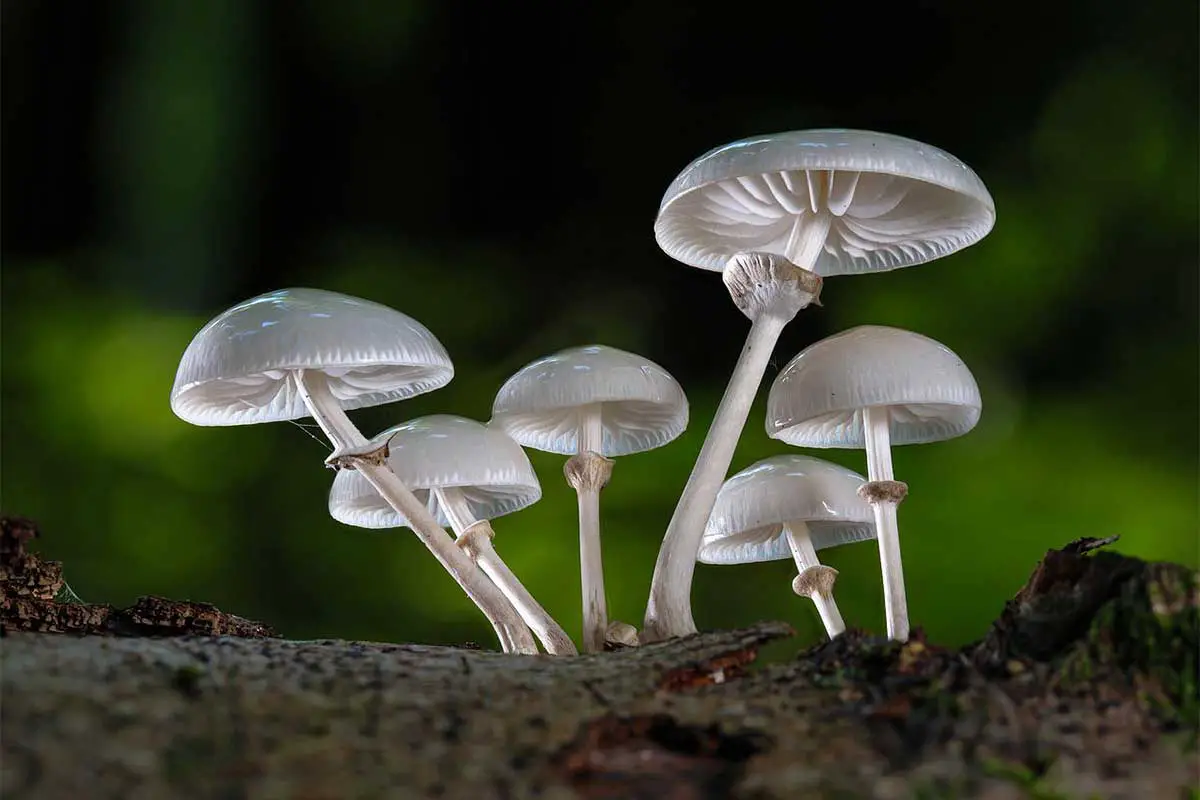
Oyster mushrooms do not look similar to other types of mushrooms.
They have a delicate, sweet flavour and are very affordable as well. The reason they are called Oyster mushrooms is because of their appearance, and they have an almost anise-like taste at certain times of the year.
An Oyster mushroom can be used in a variety of dishes and come in colors such as grey, brown, and even a reddish color, and the younger it is, the more flavorful it is.
17. Porcini Mushrooms
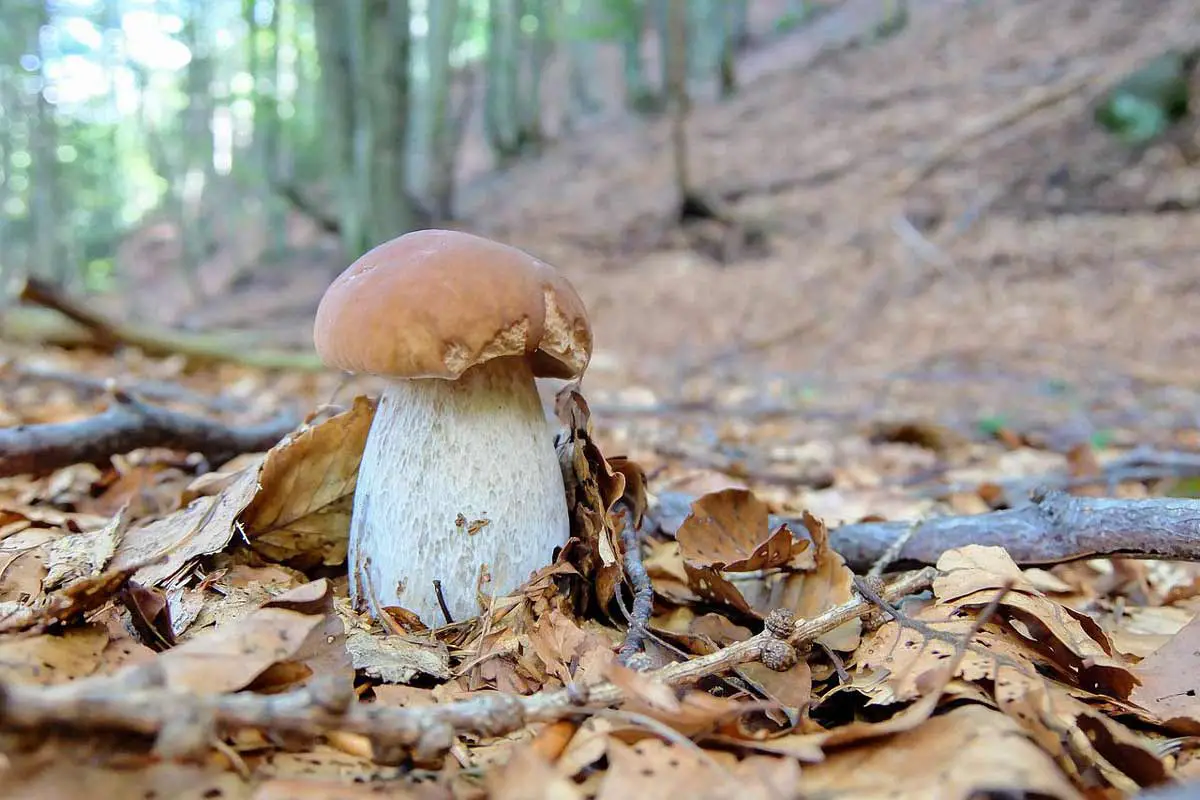
Porcini mushrooms are very meaty and flavourful. They have a flavour and taste that is creamy and nutty, and they are light brown in colour.
They are also sold either canned, dried, or fresh, but the dried mushrooms need to be soaked in hot water for at least 15 minutes before they can be cooked.
They can get up to 10 inches across, so they get quite large at times.
Porcini mushrooms can be sautéed, braised, fried, grilled, or stewed. They tend to be prepared simply (such as sautéed) to maintain their flavour and texture.
Served as a side dish or added to risotto or pasta, they are a seasonal treat.
18. Portobello Mushrooms
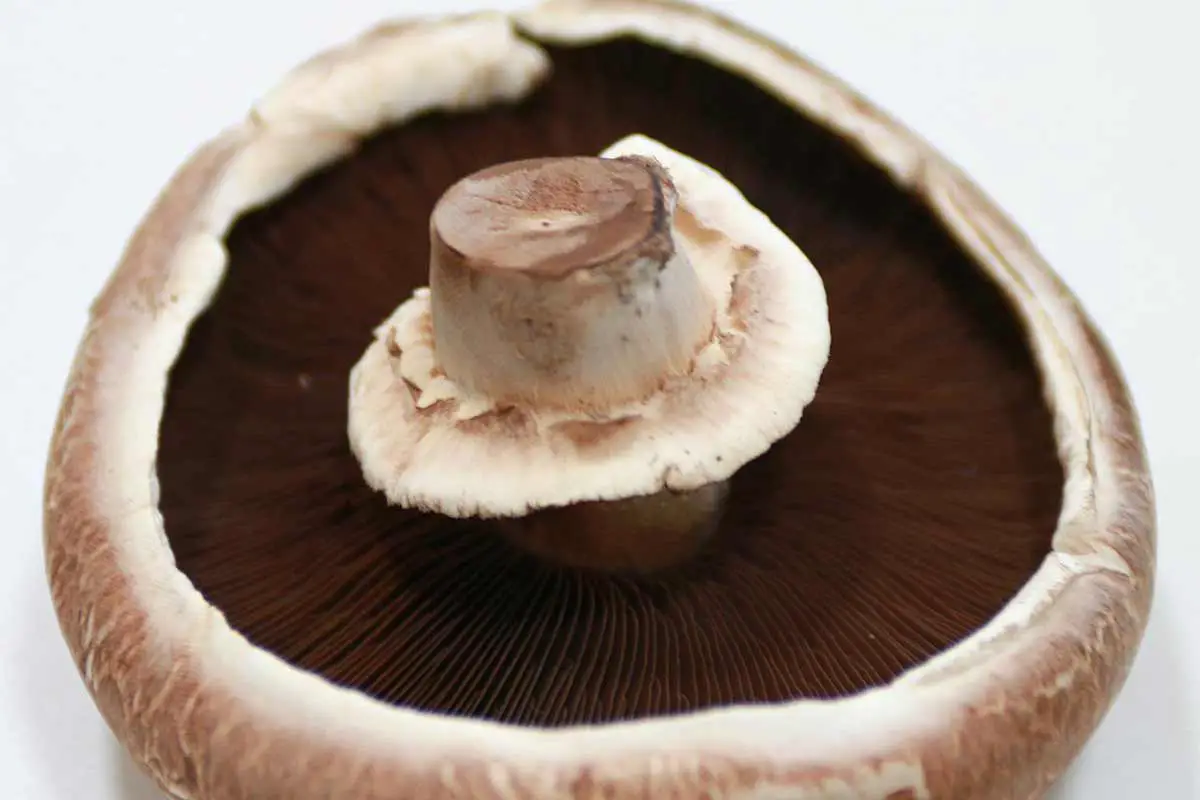
When white button mushrooms fully mature, their caps grow outwards, and they are called Portobello mushrooms.
They have a mild flavour and meaty texture, making them a substitute for meat in many dishes. They taste the best when grilled.
A Portobello mushroom grow in grasslands in Europe and North America
19. Russula Emetica (The Sickener)
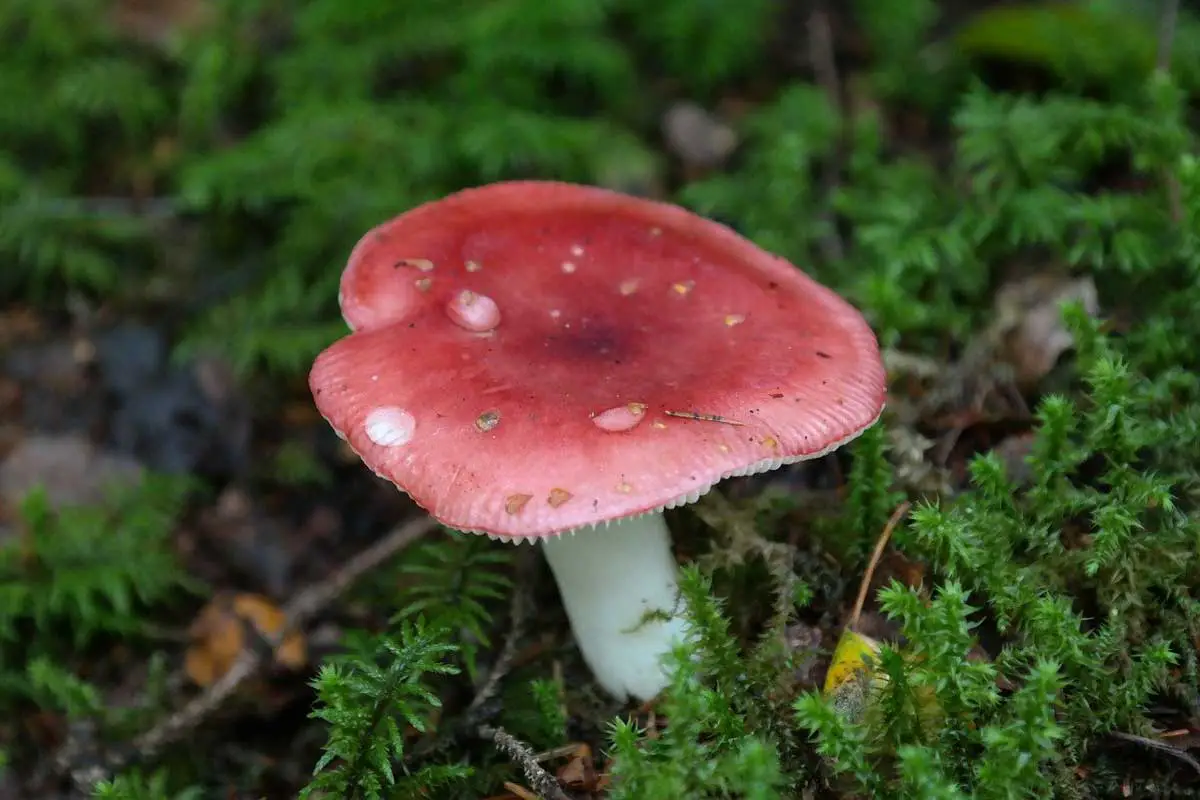
Russula Emetica, also known as The Sickener, is poisonous when eaten raw or poorly cooked and can lead to nausea and vomiting. This is followed by severe stomach pains and diarrhoea.
20. Shiitake Mushrooms
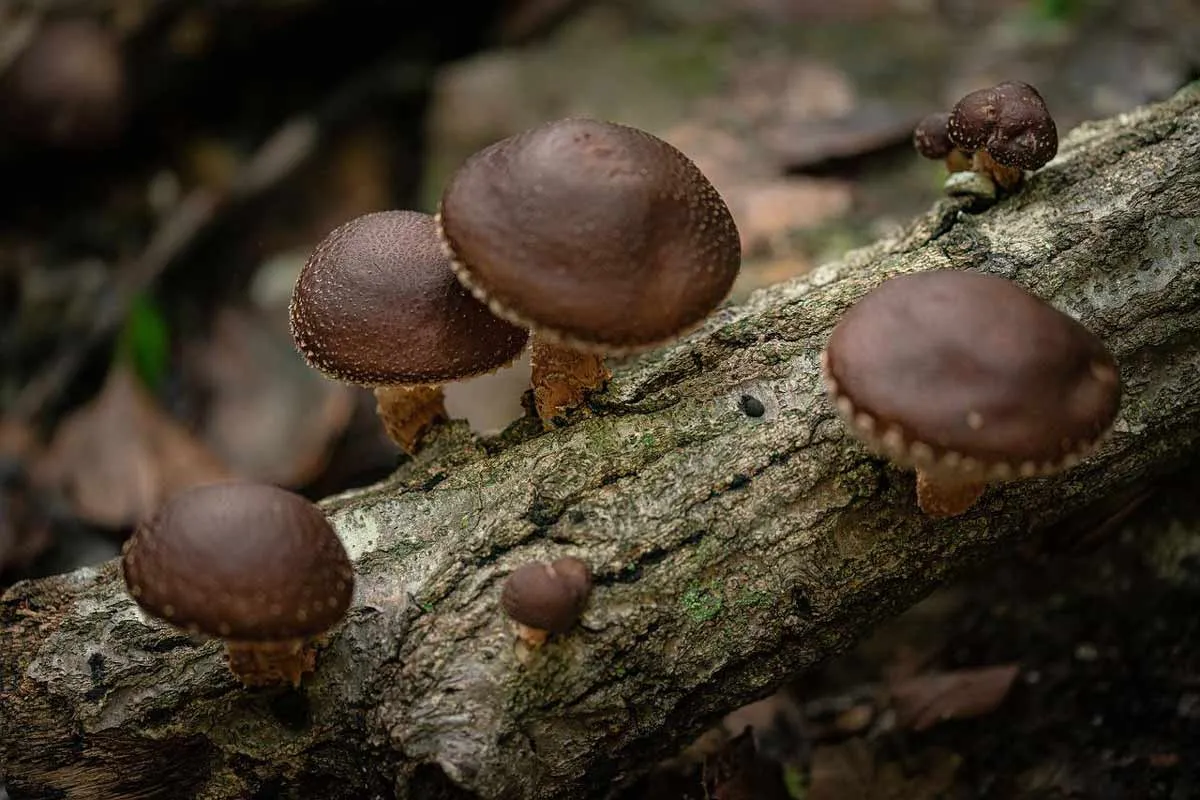
These grow mostly in areas such as Korea, China, and Japan, and are naturally very commonly found in a variety of Asian dishes.
Like Portobello mushrooms, Shiitake mushrooms are chewy and meaty, and are frequently used to enhance various sauces and soups.
They have a lot of flavor to them, and they can often be found in powder form.
21. Toadstool
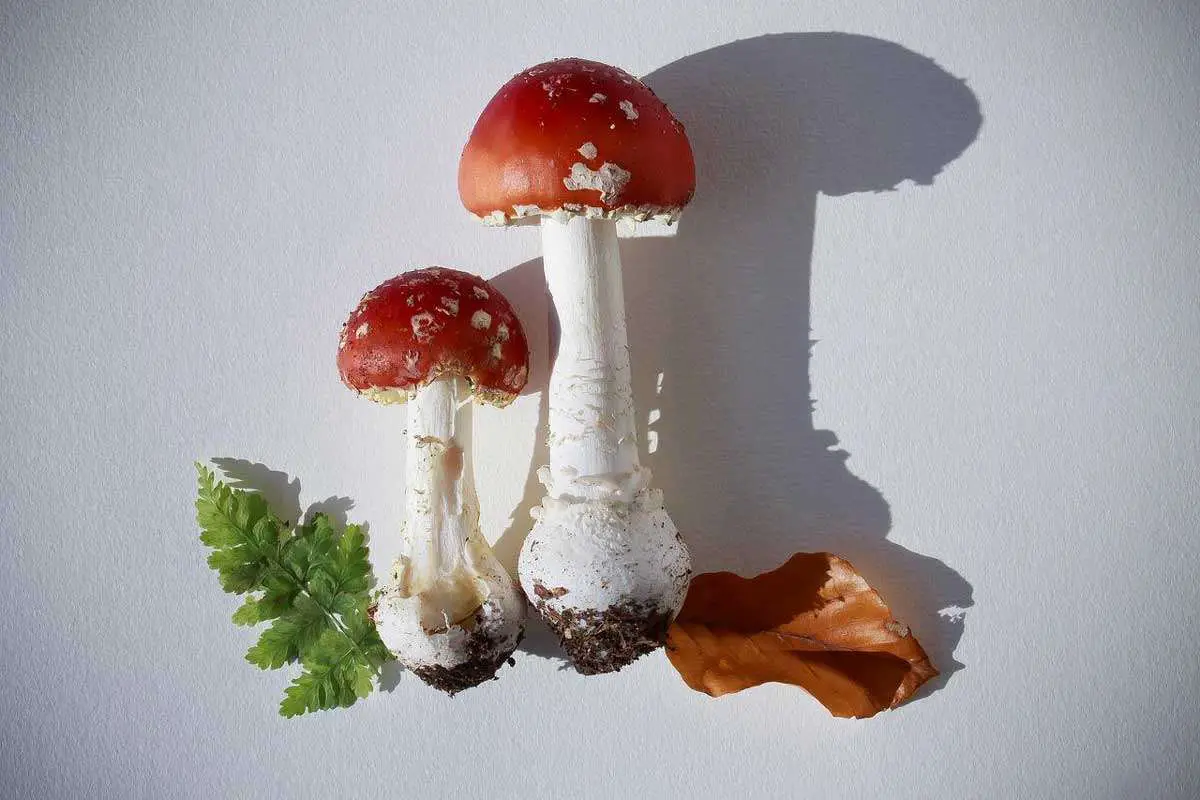
As the name says they look like the spot where toads would sit, Toadstools are fungi widely believed to be inedible or toxic.
In addition to using edible mushrooms as food and ingredients in thousands of different recipes, there are some medicinal benefits attached to mushrooms as well.
For example, they are said to boost your immune system, lower blood pressure and cholesterol, and may even be useful for treating cancer and other serious diseases.
22. Cauliflower Mushrooms
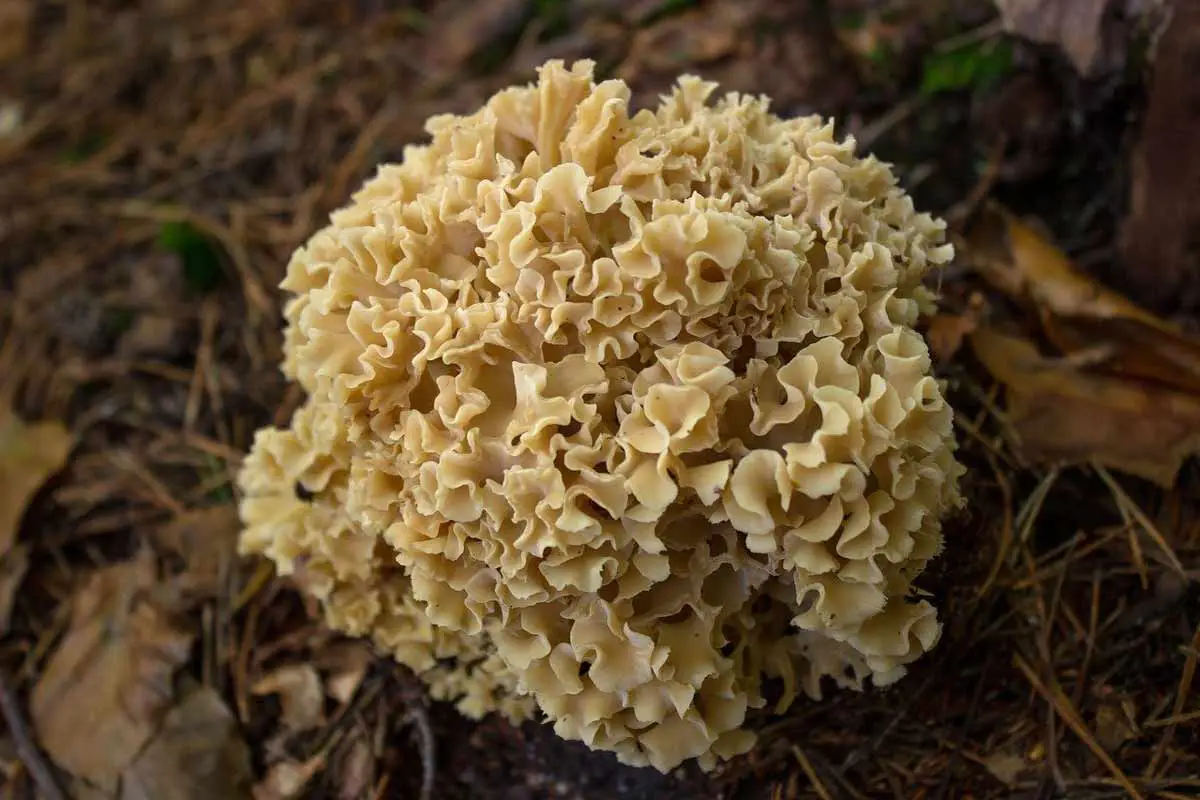
The Cauliflower Mushroom, as the name suggests, look like cauliflower instead of mushrooms. In addition, they can get quite large and have deep crevices that make them difficult to clean.
They often grow at the base of pine trees and can sometimes grow to attain several kilograms in weight.
23. Shimeji Mushrooms
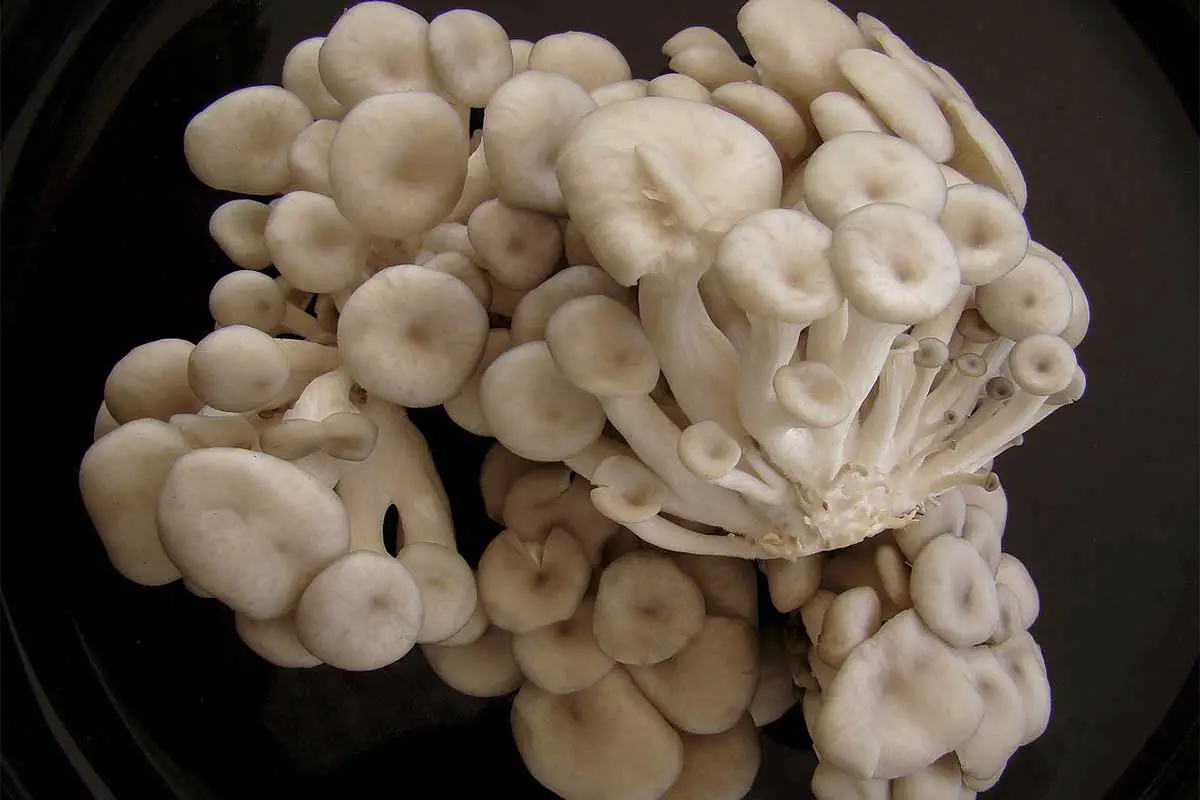
Shimeji mushrooms are more challenging to distinguish while foraging as they can come in many forms. They often grow in clumps similar to Enoki mushrooms.
These mushrooms need to be cooked before eating. Once they have been thoroughly cooked, the bitterness of the mushrooms goes away and a nutty, umami flavours is what is left.
These mushrooms are most commonly grown and used in East Asian countries.
In addition to using edible mushrooms as food and ingredients in thousands different recipes, there are some medicinal benefits attached to mushrooms as well for e.g., they are said to boost your immune system, lower blood pressure and cholesterol, and may even be useful for treating cancer and other serious diseases.
Medicinal Benefits of Some Unique Mushrooms

The mushrooms with renowned health benefits include:
Lions Mane Mushrooms:
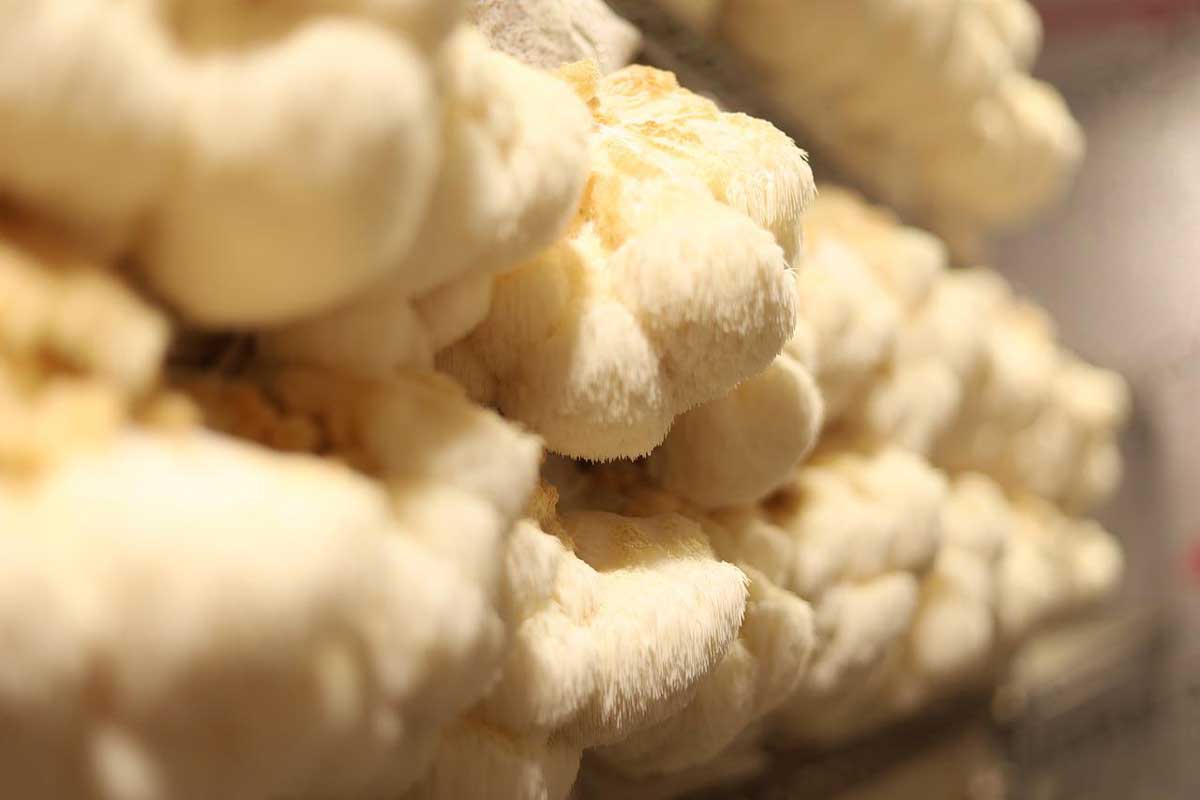
Lions mane mushrooms are part of the tooth fungus group since their fruiting body is an eruption of narrow tooth-like spines. They grow in sometimes enormous clumps of dangling spines with no cap or stipe (this is the stem of a mushroom).
This mushroom has been used in traditional Chinese medicine for over 2000 years. The lions mane is filled with antioxidants, which is essential in fighting inflammation and oxidation in the human body.
This targets issues like autoimmune disorders, heart disease, and diabetes. More and more studies are being done in relation to the lions mane mushroom and combatting Alzheimer’s.
The Turkey Tail Mushroom – King of Immunity
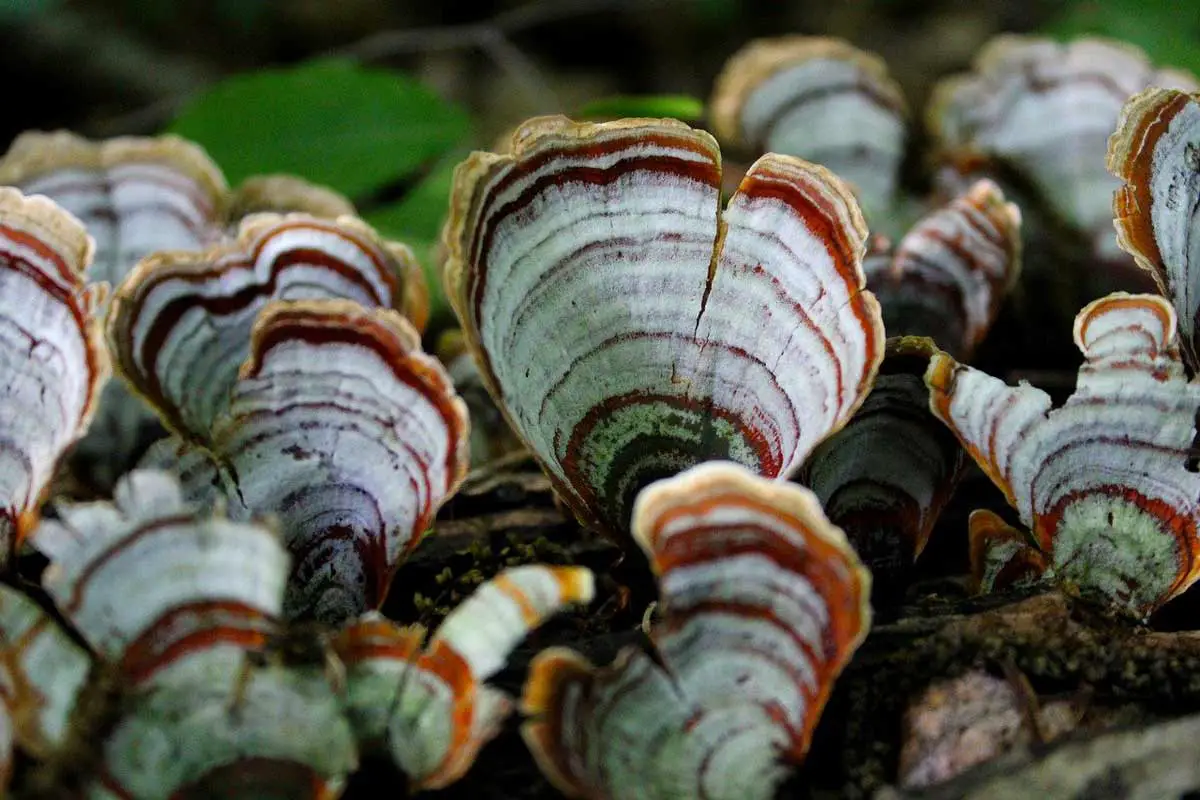
The turkey tail is a polypore, meaning that it is a mushroom with a large fruiting body with pores on its underside where spores are released.
It has an indistinct stripe and is saprotrophic (remember, it digests decaying matter). The word Versicolor means “many colours”, hence where the scientific term comes from.
The turkey tail mushroom is also packed with antioxidants help cure physical stress and combat unstable molecules (that can be cancer-causing).
The Reishi Mushroom – Queen of Immortality
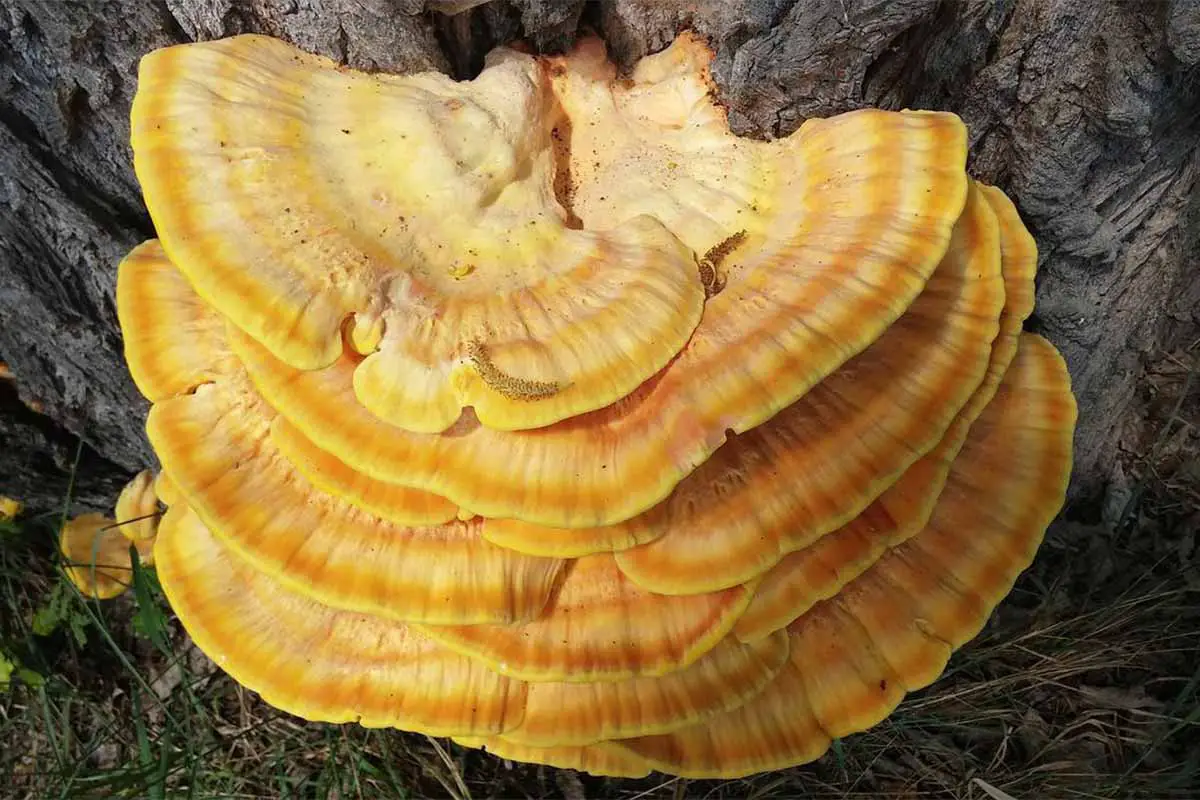
The reishi has a kidney-shaped cap with a red varnish effect. It has an indistinct stripe, a brown spore print, and is edible, but not a choice edible.
This does not mean that it is unsafe for ingestion, it simply means that eating it is not particularly tasty, and hence it is often turned into a powder or tincture.
It is believed that taking reishi supplements helps support a healthy sleep cycle, helps the body adapt to stress, and helps with mental awareness.
These mushrooms are packed with minerals, vitamins, amino acids, and other dietary fibers.
The Chaga Mushroom – Princess of Superfood
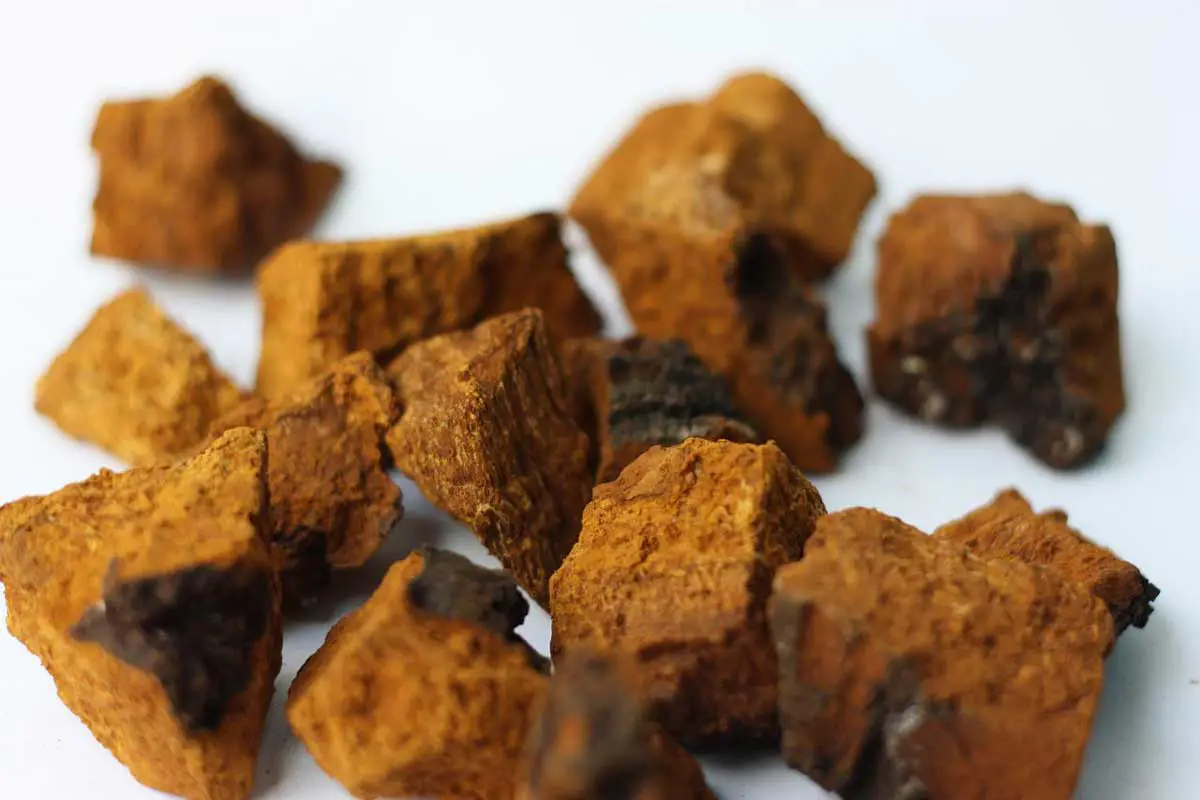
The Chaga mushroom is a parasitic mushroom. It has no distinct cap or stipe and is black in colour because it contains enormous amounts of melanin, which we know to be what produces pigment in living organisms.
Chaga is also rich in antioxidants, which help with oxidative stress. Chaga mushrooms regulate the production of cytokines which are the immune systems’ chemical messengers. This means that cells in the body are better at communicating with one another and are quick to respond.
The Cordyceps Mushroom – Prince of Physical Energy
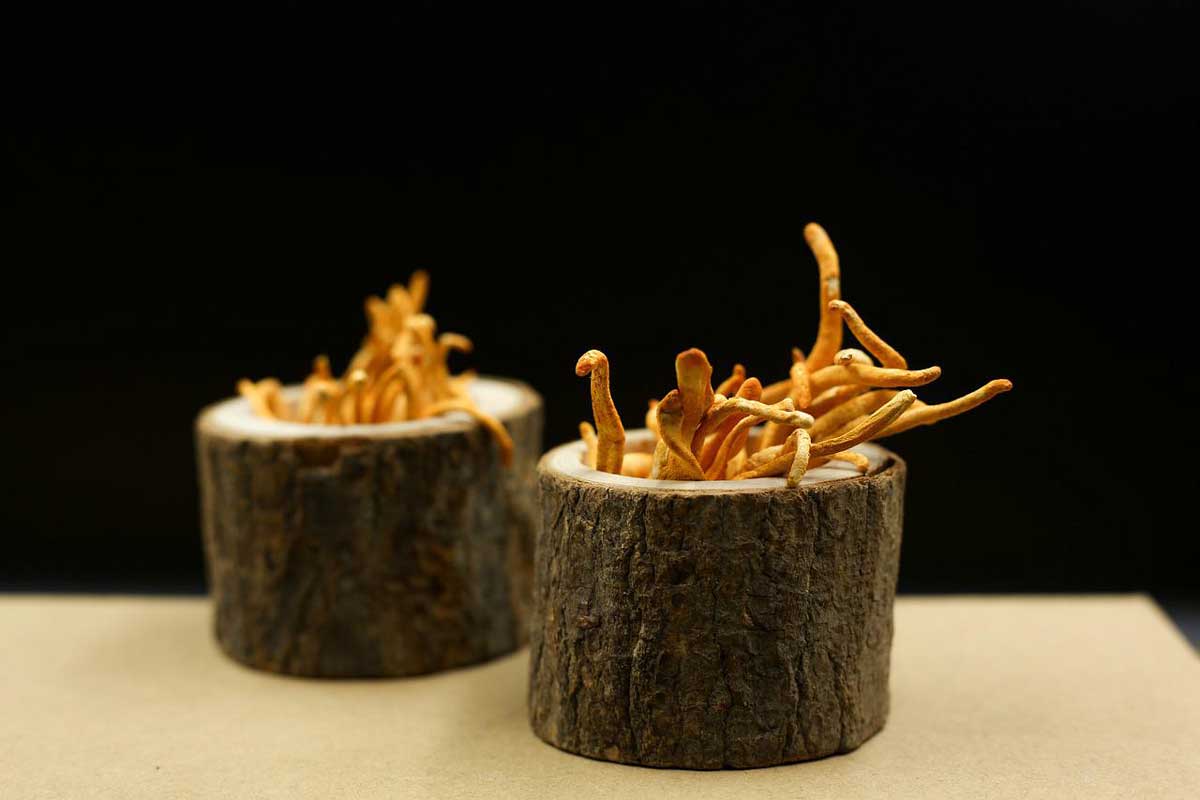
The cordyceps mushroom looks like orange fingers poking out of the ground and is another of one of those weird ones that are almost unrecognizable as a mushroom.
This mushroom is extremely rare, coveted, and expensive. Cordyceps helps the body with blood flow and oxygenating the blood.
This helps with athletic performance, specifically with muscle fatigue and lung capacity.
What is the Impact of Climate Change on Mushrooms?
Remarkably, mushrooms and their parent fungus are one of the few organisms in the world that benefit from climate change. This is because the raised levels of atmospheric CO2 increase the activity of fungi. It is particularly helpful when a fungus starts to produce spores.
As climate change continues to develop, we will see an abundance of fungal activity. Furthermore, it will favor fungal organisms over most plants since warmer temperatures often slow down nutrient transfer from the soil.
